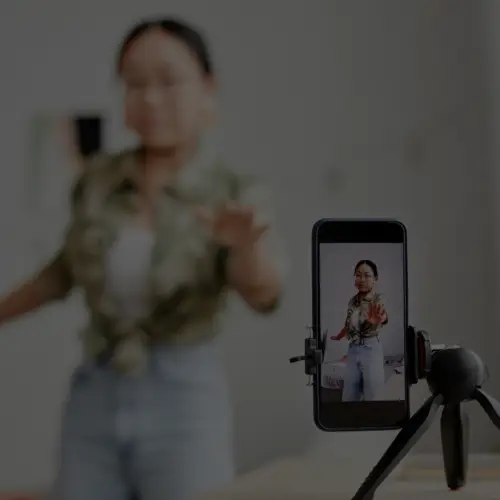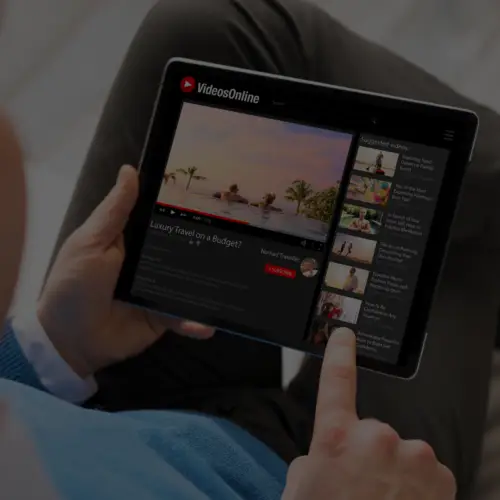11 Oct Did Target Steal Our Social Media Marketing Playbook?
Back in August, we wrote a post about how Wal-mart’s latest social media marketing campaign was inherently flawed. We predicted that it would, once again, blow up in the retail giant’s face. (Note to the folks in Bentonville: Let Edelman focus on the traditional PR. Give us a call on the social media marketing stuff, k?)
Here’s what we said then, in a nutshell: This campaign won’t work because Wal-mart is talking “style” when they are known for “practical.” The campaign should focus on the utility of trying to move to a dorm. Alas, it was too late for them to listen.
But Target, on the other hand, did listen. (Note: Check with legal, Do they owe us royalties?)
As it happens, while Wal-mart was prattling on about something they don’t understand, Target was listening! (See Listening is Social Media Step One on how important that is.) They began to understand the flow of the conversation among incoming freshman. They began to understand the Facebook platform and how conversations occur there. They wisely noted:
“We aren’t there so much to tell a story, but to put on a party, giving the students a platform for social interaction.” Any content provided by a marketer in such a setting “needs to work as social currency. … Whatever story there is, it’s mostly told by the users, not by the brand.”
Their Facebook page was about dorm room survival. They had practical tips, they had photos, they (gasp) let users upload their own photos in place of the ones they carefully designed first.
They made the marketing very subtle and were rewarded by posts from people saying how much they love Target (See that: brand evangelists doing the marketing work for you, if you (a) deserve it and (b) give them the platform on which to do it.)
Wal-mart, on the other hand, had vicious wall posts slamming their corporate practices, for example.
“Wal-Mart is toxic to communities and livelihoods.”
There’s so much right with what Target did and so much wrong with what Wal-mart did, I could go on for days (maybe I have already), but here’s 5 points to take away from this (different than our earlier 5 Steps to Rolling Out a Social Media Campaign):
- Listen first. Social media marketing is cocktail party dialogue. When you enter a new group, you listen politely first.
- Talk on your prospects’ terms. Back to the cocktail party analogy. Incoming freshman were talking about their fear of being properly prepared for dorm life. Wal-mart said, “Let’s talk style!” Target said, “Let’s talk survival.”
- Understand the value you bring. There are a lot of people who hate Wal-mart. This doesn’t preclude Wal-mart from participating in social media, but they ignore this truth repeatedly and get slammed for it. They don’t understand the value they bring. Target, on the other hand, doesn’t have that baggage, and played their “we’re the place you can get cool, functional stuff pretty cheap” card beautifully.
- Social media campaigns can cost a fair amount. Target budgeted $500,000 for their campaign. Facebook’s media kit talks about minimum investments of $50,000 per month. People think of social media as “free” and it can be. But you’ve still got to budget for time, at a minimum, and if you want to buy you’re way onto a media platform like Facebook or MySpace, you still need a budget of some kind.
- ROI measurements are different, and not very evolved. Target had 7,176 members of their group by September 31. That’s great, right. If you calculate a CPM (cost per thousand) relative to members, the CPM is over $69,000. Of course, CPM is more traditionally applied to “impressions” which were no doubt higher. But the point is, the value of over 7,000 people engaging with your brand in a positive way is much, much higher than 7,000 people being exposed to an ad. The ROI calculations, however, are still being fleshed out.
Kudos to Target for getting it. That will pay dividends now and in the future.
Oh, and their campaign started July. I guess they don’t owe us royalties… Dang…






